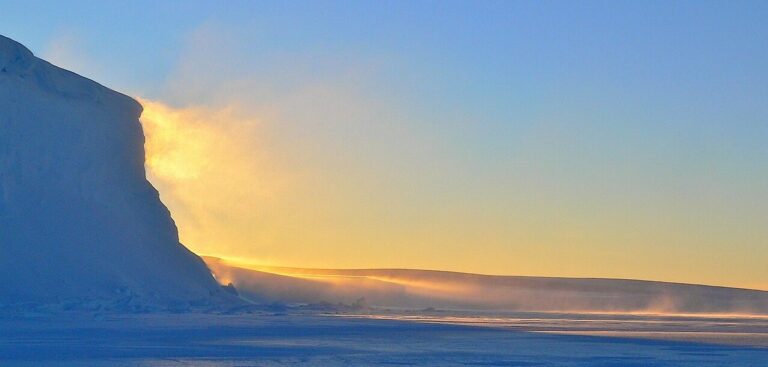Sea-ice extent for the Antarctic was the lowest on record for January, and for the Arctic the third lowest, according to Europe’s Copernicus Climate Change Service (CS3).
Antarctic sea-ice extent was 31% below average for January, well below the previous record of January 2017. Samantha Burgess, deputy director of C3S, said, “Many of us have witnessed the exceptionally warm temperatures around the turn of the year. While January 2023 is exceptional, these extreme temperatures remain a tangible indication of the effects of a changing climate for many regions and can be understood as an additional warning of future extreme events. It is imperative for global and regional stakeholders to take swift action to mitigate the rise in global temperatures.”
CS3, which is implemented by the European Centre for Medium-Range Weather Forecasts, also found that it was the third warmest January on record for Europe, which witnessed unusually mild temperatures on New Year’s Day. Sea-ice extent and temperature are two of the climate indicators used by WMO in its State of the Global Climate reports.
In January 2023, the Antarctic sea-ice extent reached 3,800,000km2 on average, 1,700,000km2 (31%) below the 1991-2020 average for January. This is the lowest extent for January within the 44-year satellite data set, significantly below the previous record of 2017 (-24%). The low extent for January 2023 comes after several occurrences of record or near-record low extents over the course of 2022.
The Arctic is warming more than twice as quickly as the global average. As a result, Arctic sea ice has retreated dramatically over the 44-year satellite record.
The monthly average Arctic sea-ice extent in January 2023 reached 13,500,000km2, 600,000km2 (or 4%) below the 1991-2020 average for January. This value ranks third lowest for January in the satellite record, which starts in 1979, well below the value recorded in January 2022 (-1% below average). This is a notable departure from the lower rankings seen throughout 2022. The lowest and second-lowest extents for January occurred in 2018 (-6%) and 2017 (-5%), respectively.



